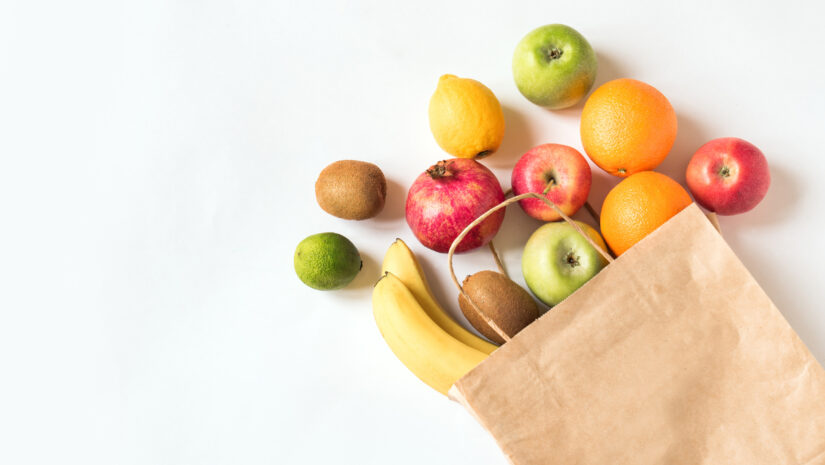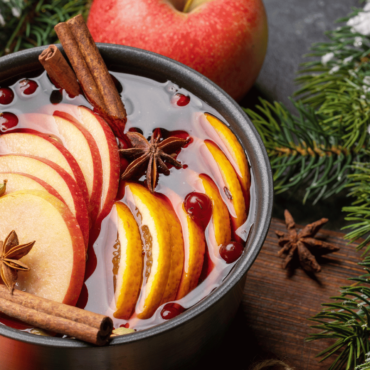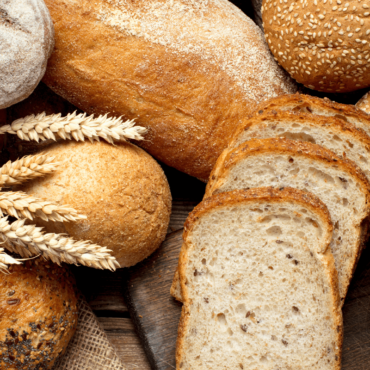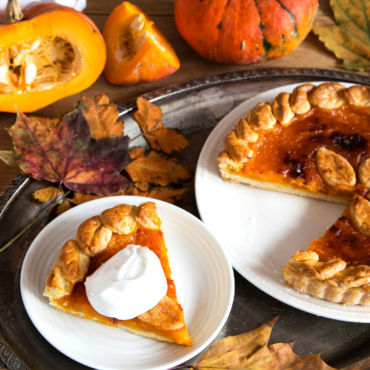Blog & News
Food fight

Ahh, the famed climacteric fruits! Perhaps you’ve come across this mysterious term before, but preferred to ignore it, lacking the courage to invest in a Food Science 101 course! Well, have no fear! Demystifying this food category is much simpler than it sounds, and you’ll find this knowledge especially useful when it comes to knowing how best to store your favourite fruits. So let’s jump in!
What is a climacteric fruit?
What defines climacteric fruits is their ability to continue ripening after picking. A common example is buying green bananas at the grocery store. Within a few days on your counter, they’ll change from a dark green with a bitter taste to a beautiful canary yellow with a sweet taste. On the other hand, a strawberry that has been picked white and insipid will remain so, no matter how much time passes, because this fruit is not climacteric.
Popular climacteric fruits include apple, banana, avocado, tomato, peach, apricot, cantaloupe, fig, kiwi, mango, honeydew melon, nectarine, pear, plum and papaya.
What makes the magic happen?
Mature climacteric fruits release ethylene, a ripening gas. It’s this superpower that sets them apart from their non-climacteric buddies, who will simply rot over time if not eaten.
However, climacteric fruit may never ripen. You’ve probably already bought a very hard pear that never changed colour or firmness…and rotted before it turned ripe. This can be explained by the fruit being subjected to stress before ripening, such as exposure to cold or early harvesting…and there’s nothing you can do to change its fate.

Use this phenomenon to your advantage
Although climacteric fruits are a food category to monitor, we can also use their peculiarities to our advantage, either to slow down or even speed up the ripening of our fruit. For example, we won’t put our very ripe bananas next to our avocados…unless we want to ripen them faster! Likewise, we avoid placing our climacterics too close to non-climacterics, since ethylene can turn broccoli yellow, develop bitterness in some root vegetables and promote browning in others.
The best way to proceed with climacteric fruits is to unpack them as soon as they’re home. This will help to avoid the ethylene concentrating in the packaging and causing them to ripen too quickly. Then store them at room temperature to give them time to ripen. On the other hand, you can take advantage of this effect if you want to ripen fruit more quickly. Take the example of a very hard peach: just add it to a paper bag with a few ripe bananas (or other climacteric fruit) and boom!
Another very effective tip for managing storage of climacteric fruit is to use the fridge as an aid to slow down the ripening process.

Pro tip for never losing avocados again: when I get back from shopping, I put a few in the fridge and leave the rest at room temperature. Once these are ready to eat, I either eat them or put them in the fridge: they will then remain at this stage of ripening for several more days rather than continuing to ripen and eventually turning brown. When I’ve eaten almost everything, I’ll move the avocados that have always been in the fridge to my counter, and they’ll ripen within a few days. This trick of rotating avocados in the fridge isn’t an exact science, but the result is close to magical: it extends the shelf life of avocados by several days, even weeks!
Remember: the ability to ripen after picking is a very interesting characteristic of climacteric fruits that can be easily used to your advantage… you just have to learn how to outsmart them! 😉
PS: Good news, we are offering you free (yes, you read that right) virtual “Food Fight” workshops powered by the Fonds Éco IGA, to combat food waste, specifically focusing on food preservation. To learn more and register, click here: https://fondsecoiga.org/food-fight/

Food Waste Expert
Stéphanie Tremblay
In love with nature, Stéphanie combines her interests in the environment and food in order to raise awareness of the importance of their food choices. Her professional training and experience in environmental education make her a knowledgeable speaker who conveys her passion with enthusiasm and positivism. In her spare time, she can be found in her garden or in the forest, gathering wild edible plants.
View all posts...Related posts :
Contact us
Earth Day Canada
5818, boulevard Saint-Laurent
Montréal (Québec) H2T 1T3 Canada
Phone : (514) 728-0116
Toll free : 1 800 424-8758
Fax : (514) 303-0248
Email: hello@earthday.ca
2025 © Earth Day Canada. All rights reserved.
Privacy policy · Terms of use · Trademark










